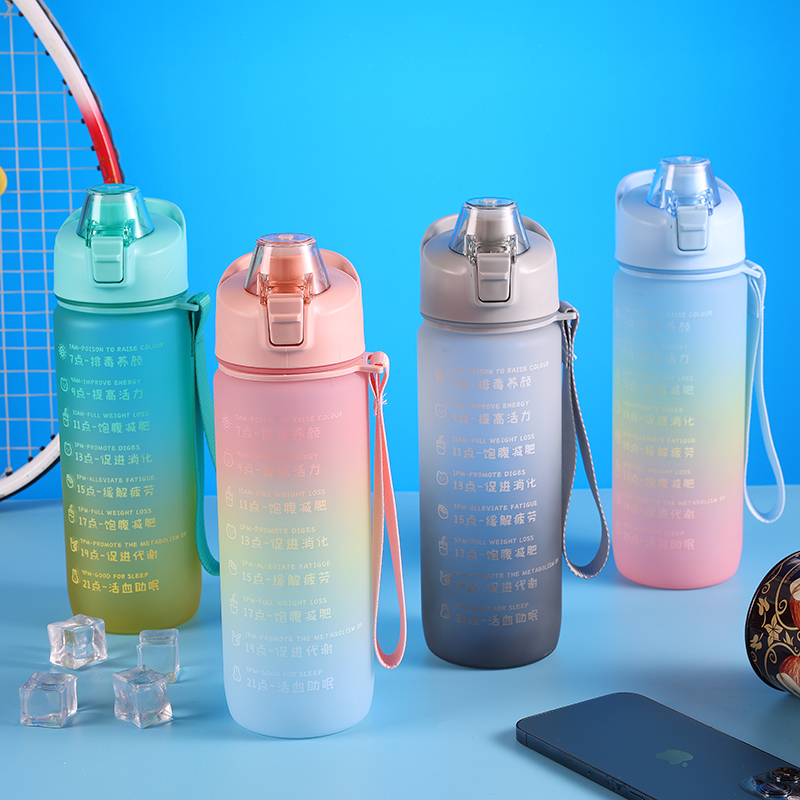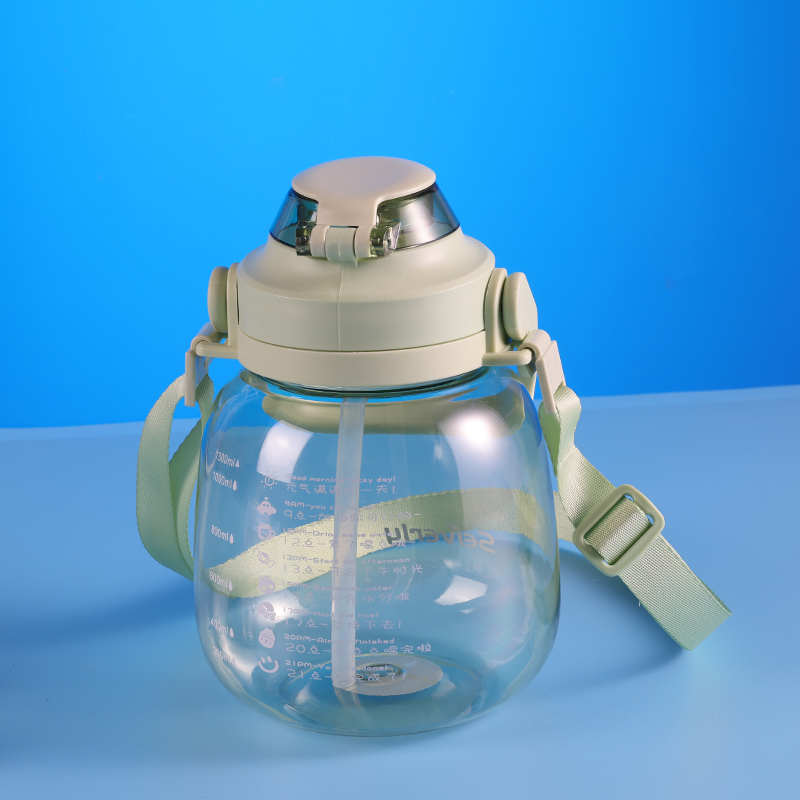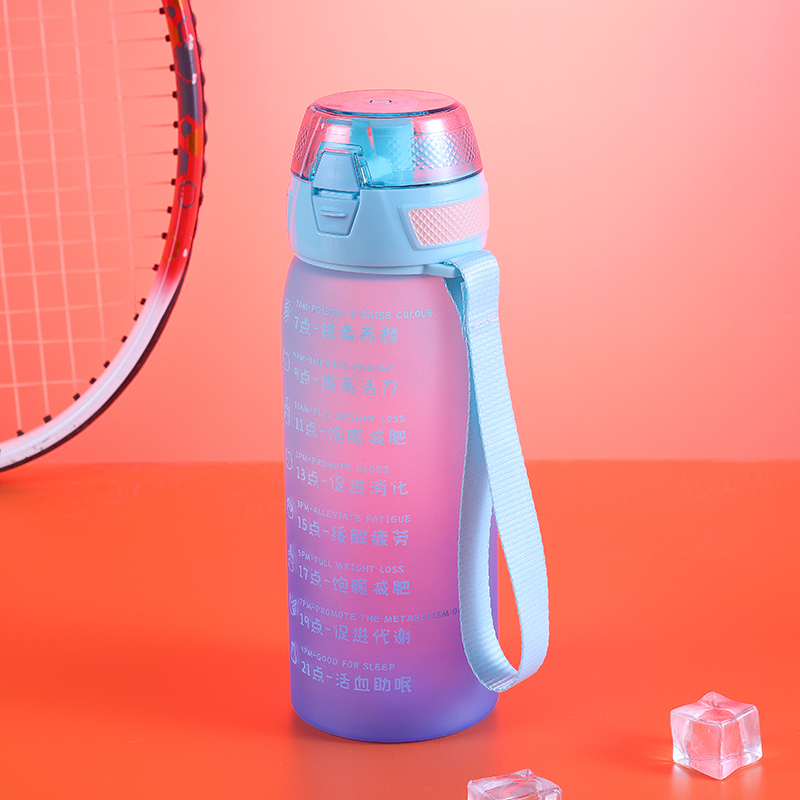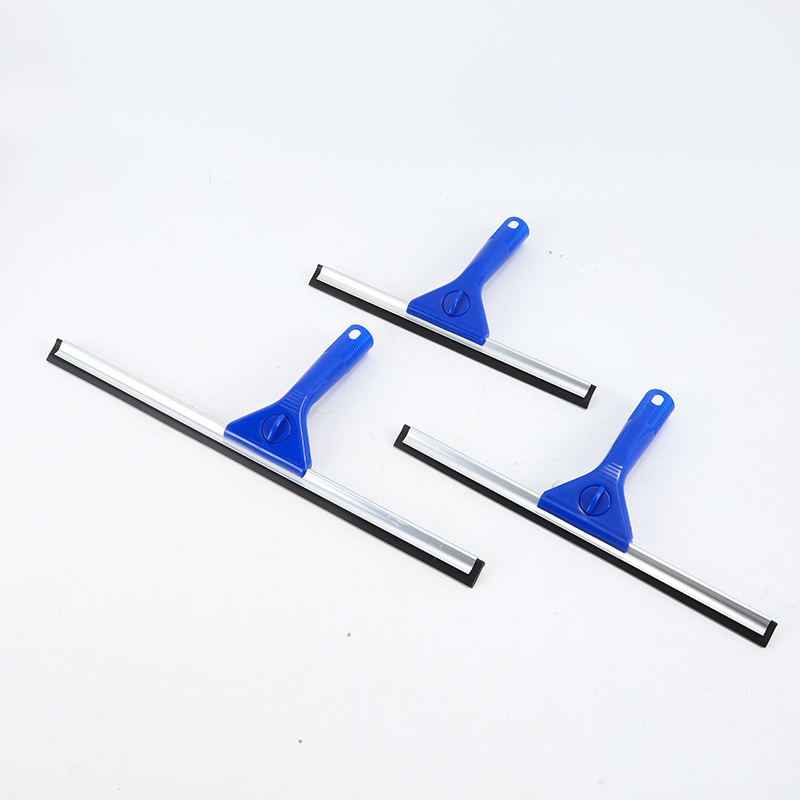In the world of sports and fitness, staying hydrated is of paramount importance, and sports water bottles have become an indispensable accessory. Behind these durable and versatile bottles lies a meticulously designed and executed manufacturing process, with Sports Water Bottles Moulds at its core.
The journey of manufacturing sports water bottles begins with the design phase. Skilled engineers and designers work together to create detailed 3D models of the bottle, cap, and any additional components. This stage also involves selecting the type of plastic or material to be used, as well as any design features that enhance the bottle's utility, such as flip-top lids, straws, and grip handles.
Once the design is finalized, a prototype of the bottle is created to ensure it meets the intended specifications. This prototype allows for practical testing, adjustments, and improvements before the mold's fabrication begins. It's essential that the prototype aligns with the product's design, size, and functionality goals.
The heart of the sports water bottle manufacturing process is the creation of the Sports Water bottle molds. This step involves precision engineering to craft molds that will be used to mass-produce the bottles. The process can be broken down into several key stages:
1. Mold Design: Detailed 3D models of the molds are created based on the final bottle design. These models serve as the blueprints for the physical molds. The molds are typically made from high-quality steel or aluminum, which is known for its durability and resistance to wear and tear.
2. CNC Machining: Computer Numerical Control (CNC) machines are used to precisely shape the mold components according to the 3D designs. This process ensures that every detail, from the bottle's shape to its cap and threading, is accurately replicated in the mold.
3. Heat Treatment: The mold components undergo a heat treatment process to improve their hardness and durability, ensuring they can withstand the high pressures and temperatures involved in the injection molding process.
4. Assembly: Once the individual components are ready, they are carefully assembled into a complete mold. This involves meticulous alignment and calibration to ensure that the final bottle production will be accurate and consistent.
With the Sports Water bottle molds ready, it's time to move on to the injection molding stage, where the actual sports water bottles are produced. This process involves several steps:
1. Material Selection: The chosen plastic material is fed into a hopper and heated to its melting point.
2. Injection: The molten plastic is injected into the mold cavity under high pressure. The mold's shape ensures that the plastic flows and fills every part of the mold, including the bottle's body, cap, and any other components.
3. Cooling: After injection, the mold is rapidly cooled to solidify the plastic, ensuring it retains the desired shape and dimensions.
4. Ejection: Once the plastic has cooled and solidified, the mold opens, and the newly formed sports water bottles are ejected.
Producing high-quality sports water bottles requires rigorous quality control and testing. Samples from the production run are subjected to various tests to ensure they meet the intended specifications. These tests can include:
1. Leak Testing: Bottles are pressurized to ensure they do not leak, keeping their contents secure during use.
2. Dimensional Checks: Measurements are taken to verify that the bottles' dimensions conform to the design specifications.
3. Material Quality: The plastic material is examined for defects, ensuring it is free from impurities or inconsistencies.
4. Functional Testing: Bottle caps and lids are tested for proper functionality, including easy opening and closing, and straw systems are checked for effective fluid flow.
Following successful quality control checks, the sports water bottles are ready for final inspection and packaging. Any defects are identified and removed from the production, ensuring that only top-quality bottles reach consumers. The bottles are then labeled, and any additional features, such as custom graphics or logos, are applied. Finally, the bottles are packaged in bulk for distribution to retailers, fitness centers, and consumers around the world.


 English
English Español
Español 中文简体
中文简体










